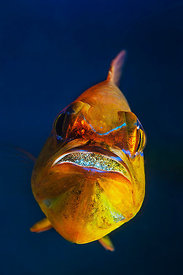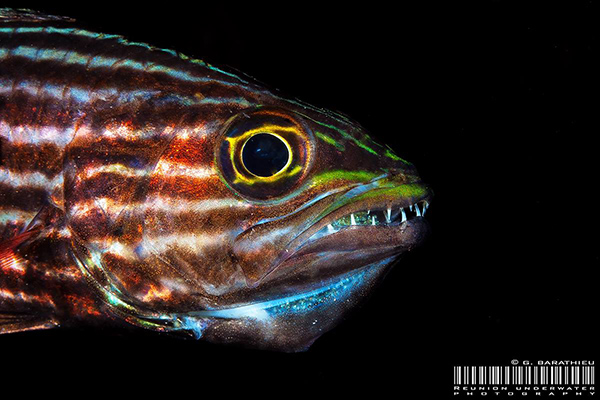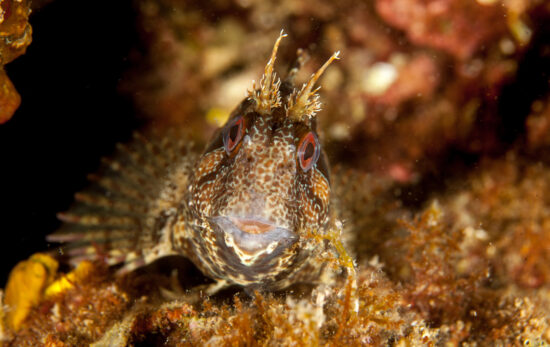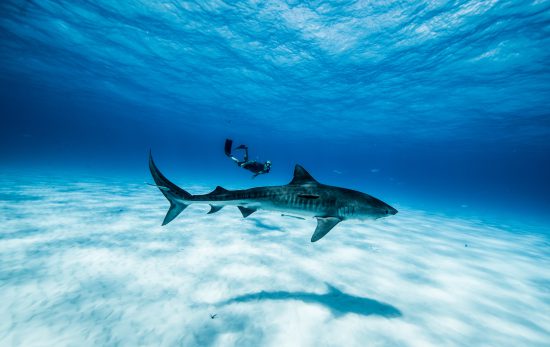While many underwater creatures have strategies to protect themselves from harm, such as camouflage, not all have methods for protecting their young, too. Mouthbrooders, however, are well-known for their ability to care for and protect their offspring, largely due to a very unusual technique.
Mouthbrooders protect their young by using their mouths as shelter.
Numerous breeds of fish are considered to be mouthbrooders; some are paternal mouthbrooders (meaning that the male offers shelter) and others are maternal mouthbrooders. Species of fish defined as mouthbrooders include cichlids, sea catfish, cardinalfish, Bagrid catfish, pikeheads, jawfishes, gouramis and arowanas.
For mouthbrooders, parental care starts when the eggs are fertilized, and some even extend their offer of shelter after the eggs have hatched. African cichlids, which are maternal mouthbrooders, are an example of fish that continue to protect their young even after the eggs have hatched. Female African cichlids hold eggs in their mouths for 21 to 36 days.
During this time, the female does not eat, leaving no opportunity for an egg to escape. It isn’t until the eggs have hatched that she releases her fry. Once released, the cichlid uses distinct behavioural cues when danger is present to let her young know it is time to swim back and seek protection.
African cichlids are commonly studied mouthbrooders because of their unfortunate relationship with a brood parasite, the catfish. Cuckoo catfish attack cichlids to gain access to and eat the mouthbrooder’s eggs, and then they leave behind fertilized eggs of their own. Thinking they are hers, the cichlid will then put the catfish eggs into her mouth, not realizing that she is actually putting her young in danger. Catfish’s eggs hatch earlier than a cichlid’s eggs, and will proceed to eat all of the unhatched eggs before they can be released. After release, the cichlid does not realise that the catfish are in fact a different species and treats them as her own!
Mouthbrooding fish are fascinating creatures. To learn more, check out the ScubaEarth Critter Finder, where you can find great information and captivating photos.







